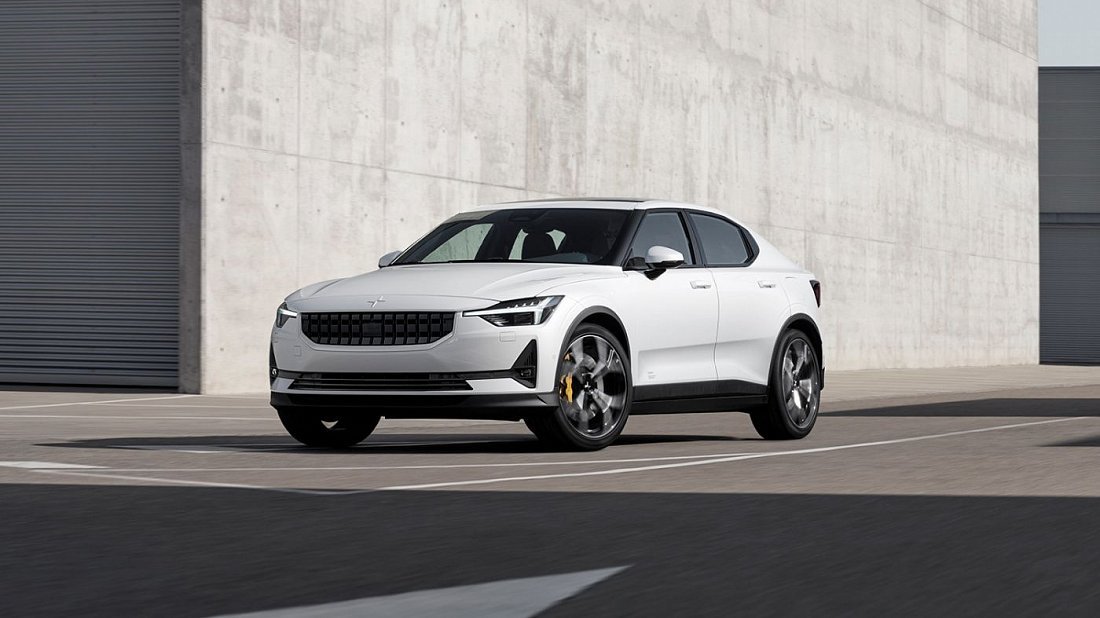NEMA 5-15
- Socket specs
Socket specs
- 120 V, 15 A, 1-phase
- Socket output
Socket output
- 1.8 kW
- Charging 20-80%
Charging 20-80%
- 29 h 16 min

The Polestar 2 Long Range Dual Motor is an all-electric all-wheel drive wagon. It came out in 2023.
The Polestar 2 Long Range Dual Motor has a 82 kWh battery pack, allowing it to travel up to 311 mi on a single charge. The car has an average efficiency of 25.4 kWh per 100 miles (or 254 Wh/mile) — ranked №67 out of 575 electric vehicles.
The Polestar 2 Long Range Dual Motor can accelerate from 0 to 60 mph in 4.3 seconds (ranked №119 out of 575 electric vehicles) and reach a top speed of 127 mph.
The car’s powertrain delivers up to 220 kW (295 hp) of power and 546 lb-ft of torque.
Polestar 2 Long Range Dual Motor achieves a real-world range of 280–342 miles, placing it at №67 among 575 electric vehicles. However, this range is subject to several influences:
It's important to acknowledge that these are estimations, and your actual driving range may differ. Consider these factors when planning your trip and be ready for potential charging stops.
Utilize the interactive EV Navigation map for trip planning assistance.
The Polestar 2 Long Range Dual Motor in the USA is equipped with a CCS Type 1 charging port. You can charge it conveniently at home using a standard outlet, or utilize any public AC charging station with the appropriate cable. However, the car's built-in charger (inverter) limits the maximum AC charging speed to 11 kW, which translates to roughly 39 miles of range added per hour.
For faster charging, use DC fast-charging stations. The Polestar 2 Long Range Dual Motor supports a maximum DC charging rate of 205 kW, but it's important to note that battery temperature and current charge level can affect the actual charging speed you'll experience.
To estimate charging time, rate, and cost, you can use our Charging calculator.
Here are the dimensions and weight for the Polestar 2 Long Range Dual Motor:
Here's a breakdown of the Polestar 2 Long Range Dual Motor cargo space:





![Video: Polestar 2 - 3D configurator [VRED] - Long version](/upload/resize_cache/iblock/4b2/660_371_2/4b24677aec6b47a83e51553bbab57dd9.jpg)